Mediterranean, Nordic, Middle Eastern and Asian Diets are different yet so similar. Flavour, aroma, spice and taste differ. Balancing food groups in a healthy way is the similarity. There is a difference between a diet — which cuts out parts of whole food groups — and the diet, which is an expression for the whole range of foods that one consumes. It is easy to get confused by the media circus that often overlooks health in favour of weight loss. The world has a lot to teach us, and is so inspirational. You get a health kick just by reading about the different approaches, spices and ways of preparing foods. Aroma, taste and real food comes together into satisfying nutritious lean combinations. Here we look at 4 Diets from around the world – and to get your healthy round the world trip going take a look at the cook book tips that we have selected just for you at the end of the post.
World Class Health with these 4 Diets
 From 4 corners of the world comes these healthy diets, that at first glance they seem so different. What makes them so very healthy? Fresh Vegetables, Fruit, Grain and little — or no — processed foods make them exceptionally good for you. Easy to get inspired by and incorporate into every day foods you eat. They are in fact very similar as there is a healthy balance of all the food groups — which makes the body respond with energy, joy and Hey! It is true: Healthy Body – Heathy Mind!
From 4 corners of the world comes these healthy diets, that at first glance they seem so different. What makes them so very healthy? Fresh Vegetables, Fruit, Grain and little — or no — processed foods make them exceptionally good for you. Easy to get inspired by and incorporate into every day foods you eat. They are in fact very similar as there is a healthy balance of all the food groups — which makes the body respond with energy, joy and Hey! It is true: Healthy Body – Heathy Mind!
THE MEDITERRANEAN DIET
The countries around the Mediterranean have healthier hearts, are leaner and seem to be able to do more with less. Is it because they tend to sleep a siesta the Northern barbarians ask, not realising that the temperatures in the summer makes movements near impossible — and that one works late in the evening instead.
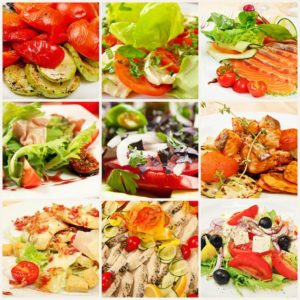 No – the diet has much to do with their healthier disposition. Most people have a reverence to tradition, fresh food, and utter suspicion when it comes to frozen and fast foods. Junk and processed foods never gained market shares around the Med.
No – the diet has much to do with their healthier disposition. Most people have a reverence to tradition, fresh food, and utter suspicion when it comes to frozen and fast foods. Junk and processed foods never gained market shares around the Med.
The Mediterranean diet consists of fruit, vegetables (the average person consume 10 servings of fruit and vegetables per day), fish at least twice a week, Olive oil instead of any other, and nuts (walnuts almonds) as the occasional snack. Dairy is used sparingly and contains lower amounts of fat, such as 2% milk. Red Wine is allowed at one glass per day for women and two glasses a day for men. The key is moderation, so if you are not already a drinker, it is not recommended that you start. Enjoy getting into the foods from around the Med – so tasty, and so good for you!
THE NORDIC DIET
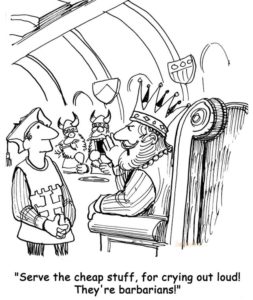 The Nordic countries also seem to be healthier than most, and their southern counterparts ask themselves if the cold makes them run more, chase bears in the city streets, and then eat them for dinner.
The Nordic countries also seem to be healthier than most, and their southern counterparts ask themselves if the cold makes them run more, chase bears in the city streets, and then eat them for dinner.
While, the cold may make you want to run faster, the truth is one of simple, balanced food that is sourced from the wild as much as possible. The Nordic Diet consists of whole-grain products, rapeseed oil, fish meals three times per week and dairy products low on fat. Locally sourced and easily accessible fruits, berries and vegetables are also in the mix, including apples, pears, plums, various berry types, root vegetables, legumes and different kinds of cabbage.
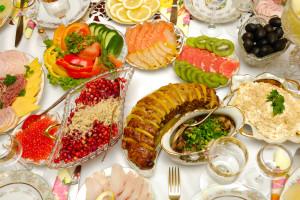 The new Nordic Diet emphasises going organic, and is known for being environmentally friendly. The basic principle is to get in more calories from plants and fewer from meat; boosting your intake of food from seas and lakes, such as fish, shellfish, and seaweed; and choosing food that comes from the wild, rather than a farm, whenever possible. Why? Wild fruit and vegetables have been shown to be more nutrient-dense than farm-grown produce, and wild meat (for example, game meat) tends to be naturally lean. Free-range meat is a good alternative. Get viking healthy, lean, and enjoy wild locally sourced foods from all the food groups.
The new Nordic Diet emphasises going organic, and is known for being environmentally friendly. The basic principle is to get in more calories from plants and fewer from meat; boosting your intake of food from seas and lakes, such as fish, shellfish, and seaweed; and choosing food that comes from the wild, rather than a farm, whenever possible. Why? Wild fruit and vegetables have been shown to be more nutrient-dense than farm-grown produce, and wild meat (for example, game meat) tends to be naturally lean. Free-range meat is a good alternative. Get viking healthy, lean, and enjoy wild locally sourced foods from all the food groups.
THE MIDDLE EASTERN DIET
The Middle East is an ancient civilisation with rich traditions, customs and equally opulent cuisine that is healthier than most. Traditional food follows what a Food Groupie knows to be healthy as all the food groups are covered.
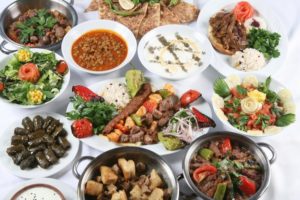 Middle Eastern cuisine includes fibre rich cereals like whole wheat and maize, olive oil, seafood, nuts and meat. Thanks to lots of fresh herbs, fruits and dry fruits, you get minerals and antioxidants. Pomegranate and dates are consumed regularly, and these fruits are known to be rich in antioxidants that fight against cell damage and ageing. Lamb meat is the most preferred followed by beef. Meat is often prepared with rich spices like turmeric, red chilli powder, anise, cumin, coriander, pepper, fresh mint, onion, fresh tomato puree and ginger garlic paste, which adds extra health and of course wonderful aroma and taste. Curd is generously used for any meat recipe, which rich in calcium and also has a whole range of healthy bacteria that improves digestion and builds immunity. Taste, aroma, balance and health is the key to eating well – and you feel so satisfied and whole as well.
Middle Eastern cuisine includes fibre rich cereals like whole wheat and maize, olive oil, seafood, nuts and meat. Thanks to lots of fresh herbs, fruits and dry fruits, you get minerals and antioxidants. Pomegranate and dates are consumed regularly, and these fruits are known to be rich in antioxidants that fight against cell damage and ageing. Lamb meat is the most preferred followed by beef. Meat is often prepared with rich spices like turmeric, red chilli powder, anise, cumin, coriander, pepper, fresh mint, onion, fresh tomato puree and ginger garlic paste, which adds extra health and of course wonderful aroma and taste. Curd is generously used for any meat recipe, which rich in calcium and also has a whole range of healthy bacteria that improves digestion and builds immunity. Taste, aroma, balance and health is the key to eating well – and you feel so satisfied and whole as well.
THE ASIAN DIET
The Asian Diet has become a model for healthy eating because of the historical low incidence of chronic diseases in Asian countries. The traditional diet in many Asian countries also is often closely tied to both religious practices and long-standing customs, and mindfulness is something we can all learn from. An appreciation to the land, and animal, that gave us what is on the plate makes us mindful to eat slower, and with reverence. Simple health rather than a hamburger gulped down in your car, right?
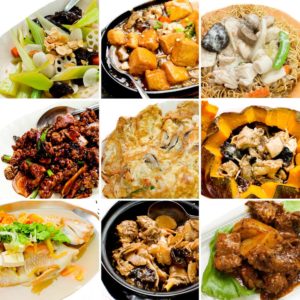 The Asian Diet’s geographical base is very broad. Although each country and region has its distinct flavours and cooking styles, almost all share one food in common—rice. Rice is a staple food central to survival, especially during times of famine, and has gained rice an almost sacred status in Asian societies. It is a significant part of each meal of the day; incorporated as a main ingredient in confections such as candy and cakes; fermented to make wine (Japanese sake) or beer; and traditionally offered to the gods to ensure a good harvest. Other unifying characteristics of the traditional Asian diet are high consumption of plant foods, including vegetables, fruits, beans, legumes, nuts, and vegetable oil. Fish is commonly eaten, and meat is fairly rare, usually enjoyed in small amounts as a flavouring in dishes — not as the main part of the meal. Spices, herbs, fermented vegetables, sprouts, and healthy fats are also widely consumed, making for a flavourful and imaginative diet. Tasty, balanced, mindfulness and healthy! No wonder we see so many recipes that take have the label “Asian style” — but nothing beats the real thing though!
The Asian Diet’s geographical base is very broad. Although each country and region has its distinct flavours and cooking styles, almost all share one food in common—rice. Rice is a staple food central to survival, especially during times of famine, and has gained rice an almost sacred status in Asian societies. It is a significant part of each meal of the day; incorporated as a main ingredient in confections such as candy and cakes; fermented to make wine (Japanese sake) or beer; and traditionally offered to the gods to ensure a good harvest. Other unifying characteristics of the traditional Asian diet are high consumption of plant foods, including vegetables, fruits, beans, legumes, nuts, and vegetable oil. Fish is commonly eaten, and meat is fairly rare, usually enjoyed in small amounts as a flavouring in dishes — not as the main part of the meal. Spices, herbs, fermented vegetables, sprouts, and healthy fats are also widely consumed, making for a flavourful and imaginative diet. Tasty, balanced, mindfulness and healthy! No wonder we see so many recipes that take have the label “Asian style” — but nothing beats the real thing though!
What are you having for dinner tonight?
Follow The GOODista for more ideas, inspiration and facts for the lifestyle changes you can do every day and working away. Sign up for your updates here:
Get yourself into the mood for healthier ways, by looking through some of these recipes and ideas:
Recommended and Related:
- What is a Healthy Diet? – Wikipedia
- The Mediterranean Diet – Oldways
- An introduction to Scandinavian and Nordic Foods – About.com
- The Middle Eastern Cuisine – Wikipedia
- The Asian Diet – Jackson Siegelbaum Gastroenterology




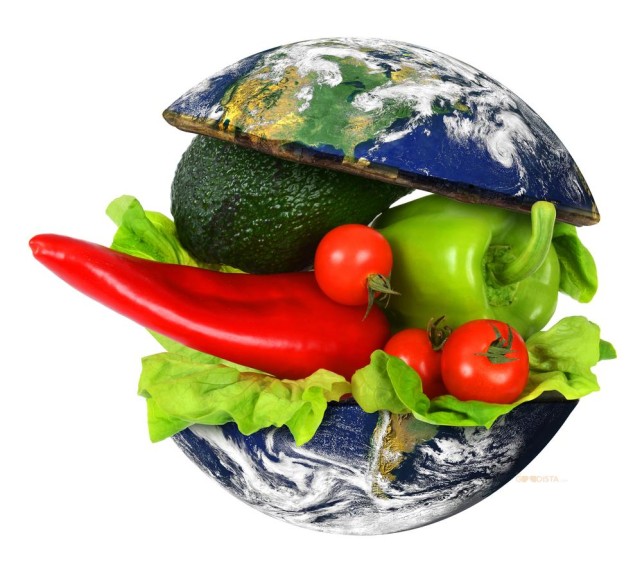
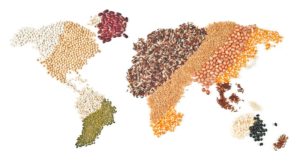

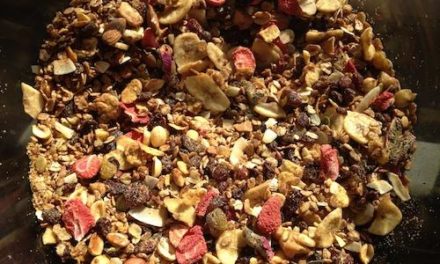
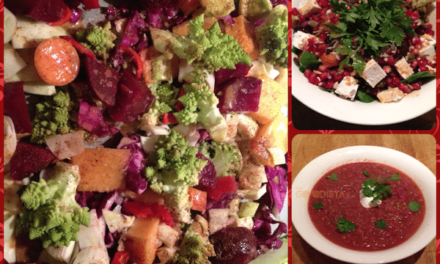
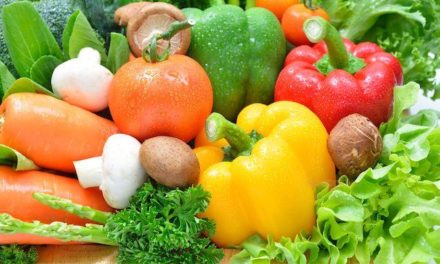
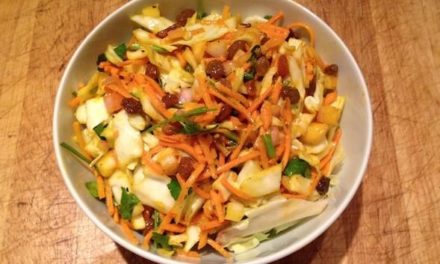



Trackbacks/Pingbacks